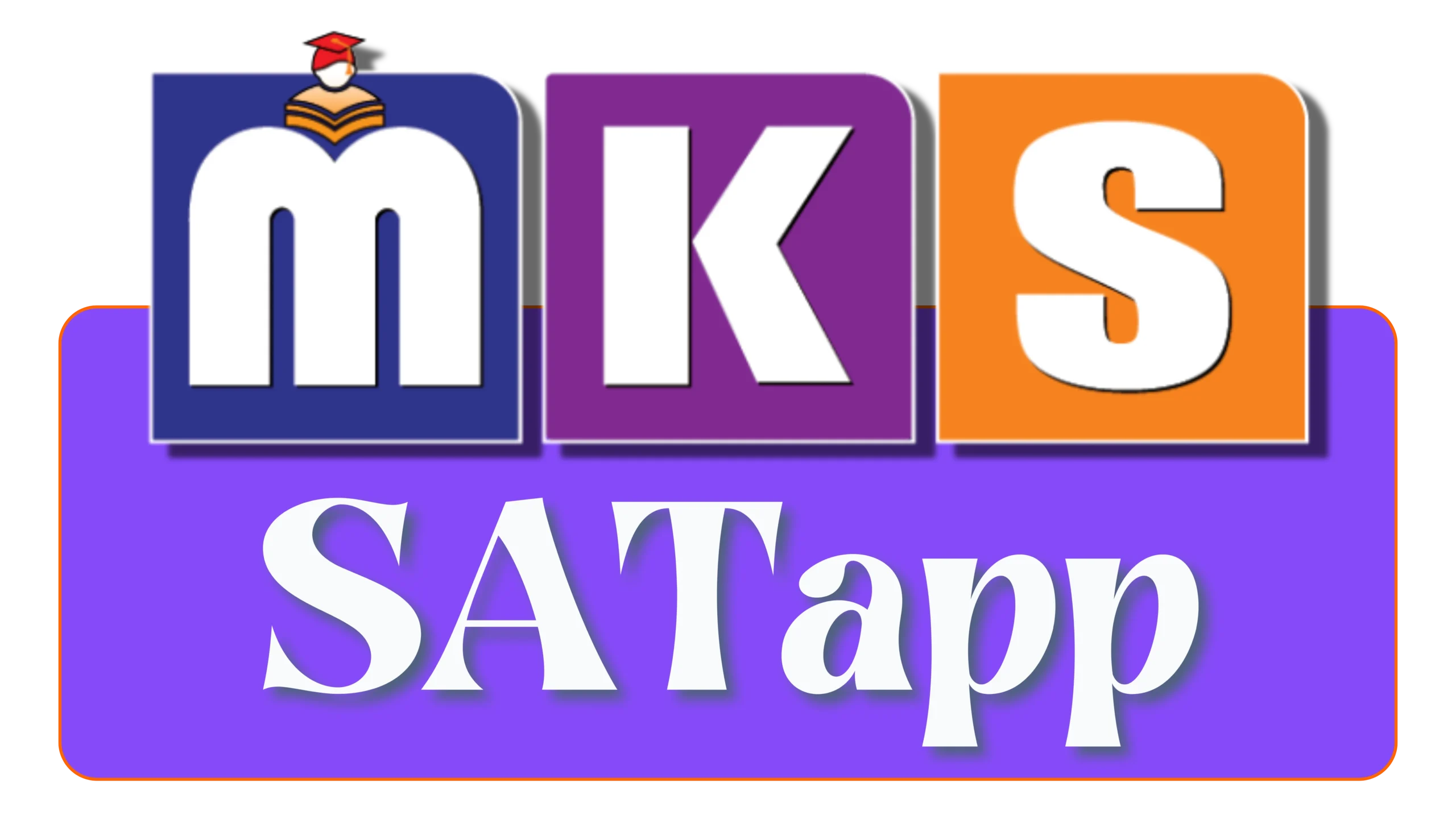No Posts Found
Digital SAT Reading and Writing: Mastering Information and Ideas
The Digital SAT Reading and Writing (R&W) section has revolutionized the testing process, bringing new challenges and opportunities for test-takers. One of the key components of this section is Information and Ideas, a category designed to assess a student’s ability to interpret, synthesise, and analyse textual information.
Understanding the nuances of this question type is crucial for success. This guide dives deep into what Information and Ideas entails and how you can master it.
What Are “Information and Ideas” Questions?
Information and Ideas questions test your ability to:
- Understand the explicit meaning of a passage.
- Draw inferences and reach conclusions based on the text.
- Identify central themes or key ideas in a passage.
- Locate specific details or evidence supporting claims.
These questions focus on assessing your critical thinking, comprehension, and analytical abilities rather than rote memorization.
Types of Information and Ideas Questions
The Information and Ideas category is broad and includes various question formats:
1. Main Idea
- Purpose: Determine the central theme or primary argument.
- Example: “What is the main point of the passage?”
- Tip: Summarize the passage in one sentence to pinpoint its essence.
2. Supporting Evidence
- Purpose: Identify textual evidence supporting a claim or answer.
- Example: “Which sentence best supports the claim made in the passage?”
- Tip: Read the surrounding text to ensure context alignment.
3. Inference
- Purpose: Make logical conclusions based on the passage.
- Example: “What can be reasonably inferred from the text?”
- Tip: Avoid overanalyzing or bringing in outside knowledge.
4. Author’s Perspective
- Purpose: Understand the author’s viewpoint or purpose.
- Example: “What does the author imply about [topic]?”
- Tip: Pay attention to tone and word choice.
5. Relationships and Structure
- Purpose: Analyze the relationship between ideas or arguments.
- Example: “How does the second paragraph support the first?”
- Tip: Look for transitions, contrasts, or reinforcement.
Strategies to Master Information and Ideas
1. Active Reading
- Skim the passage first to understand its structure.
- Highlight or mentally note key points, especially topic sentences and conclusions.
2. Identify Keywords
- For detail-oriented questions, underline keywords in both the question and passage. This narrows your focus.
3. Avoid Assumptions
- Base all answers strictly on the text. Avoid applying personal knowledge or opinions.
4. Time Management
- Allocate time wisely. Don’t get stuck on one question. If unsure, mark and return later.
5. Practice Contextual Thinking
- Read varied materials like essays, articles, and opinion pieces to build familiarity with different writing styles and perspectives.
Common Pitfalls to Avoid
- Reading Too Quickly: Skimming can help but don’t miss essential details.
- Misinterpreting the Question: Pay close attention to what is being asked.
- Overthinking: The simplest explanation is often correct. Stick to textual evidence.
Preparing for Digital SAT Information and Ideas
To excel, consider integrating these resources into your study plan:
- Official SAT Practice Tests: Familiarize yourself with the digital format.
- Reading Comprehension Exercises: Engage with high-quality materials from sources like The New York Times or scientific journals.
- Educational Apps and Tools: Platforms like Khan Academy provide tailored SAT prep.
By focusing on these strategies, you can develop a deep understanding of how to approach Information and Ideas questions effectively.

